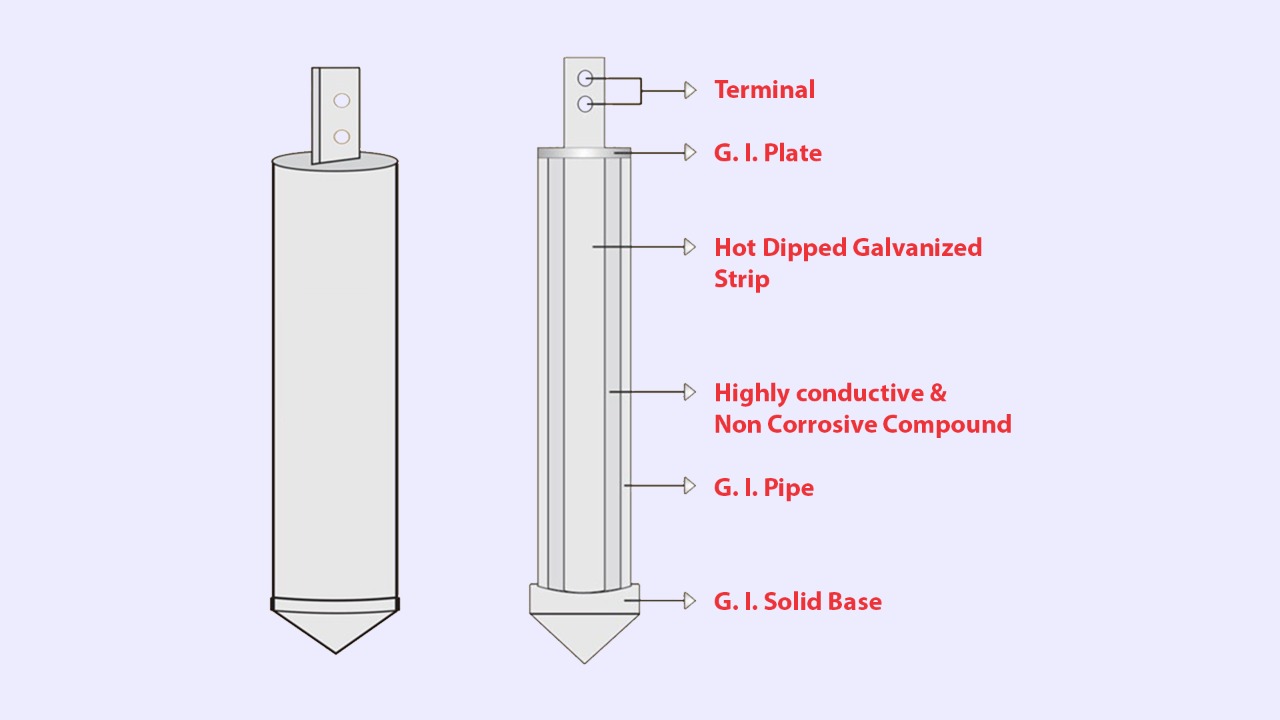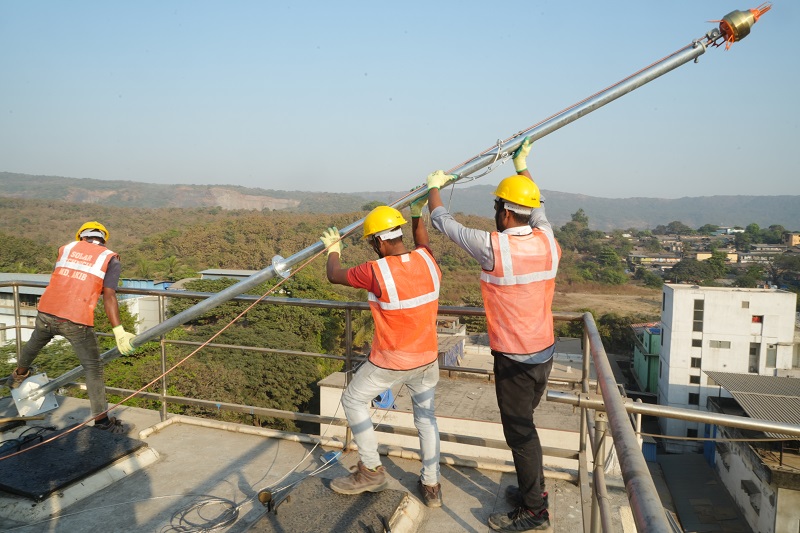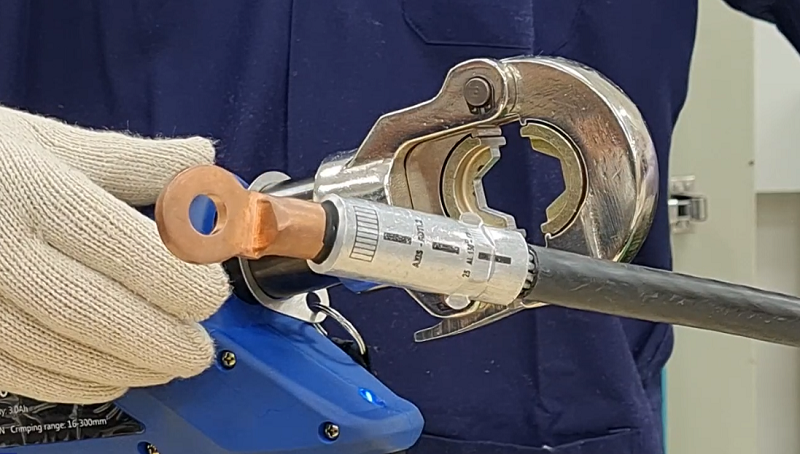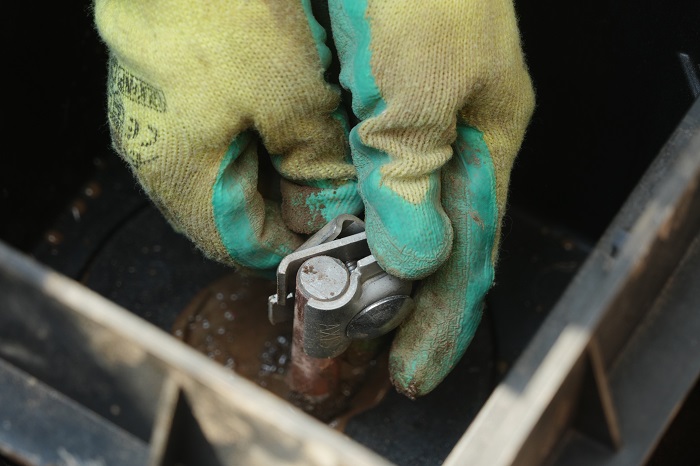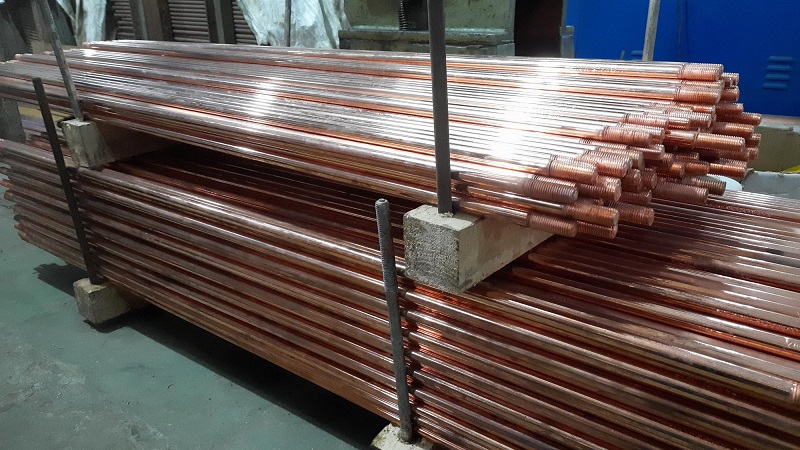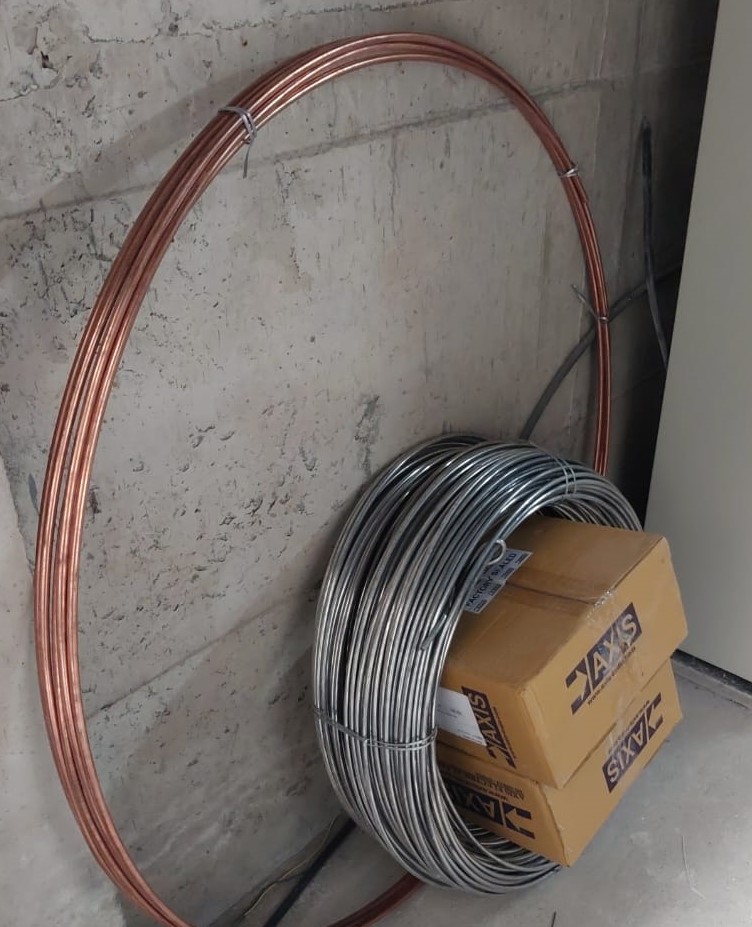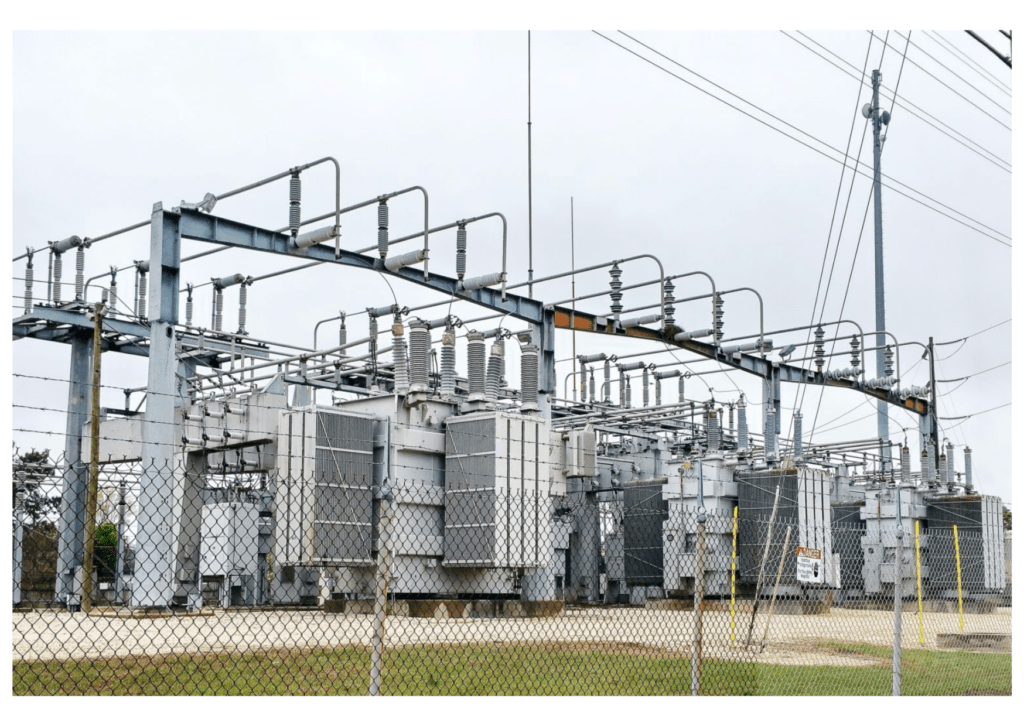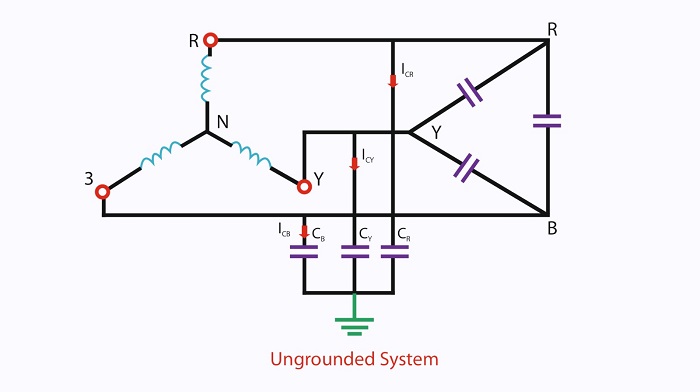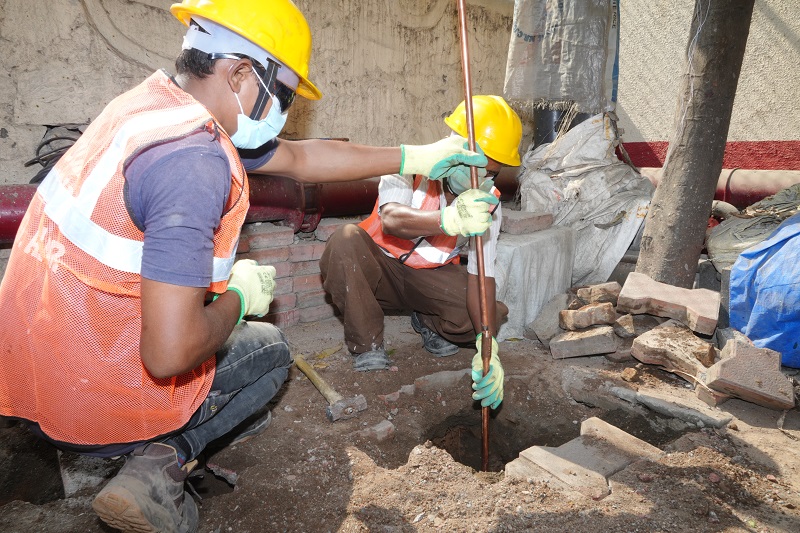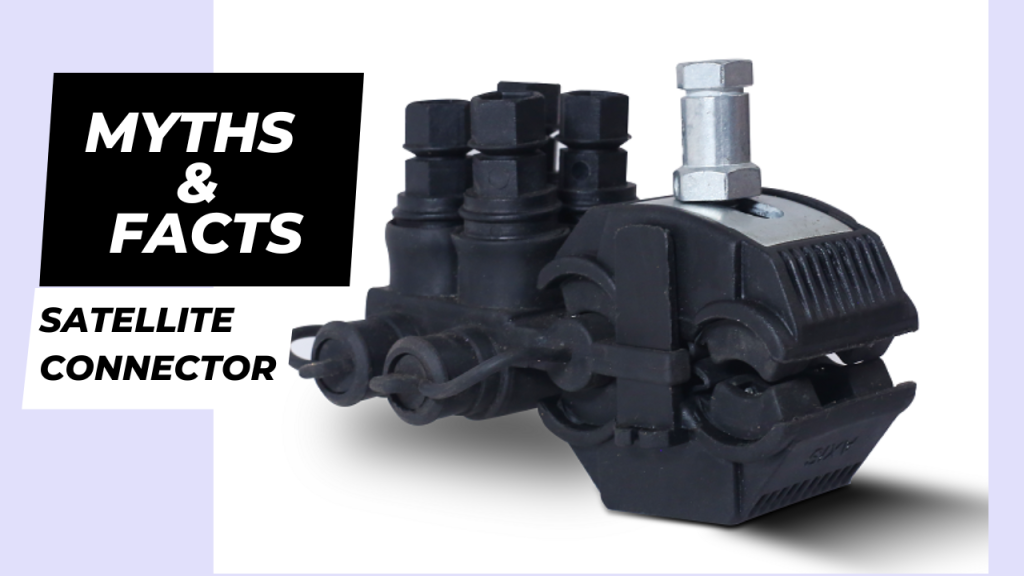Expert Electrical
Engineering Articles
- Home
- Blog
What is Maintenance Free Earthing?
Earthing, also known as grounding, is the practice of transferring electrical charges to the ground through low-resistance cables or rods to quickly discharge any stored energy. There are two main types of earthing: maintenance-free earthing and
Read MoreHow to install ESE Lightning Arrester? Steps Explained
What is an ESE Lightning Arrester? An ESE lightning arrester is used because it becomes the fast conductive point of discharge for the lightning bolt and ground current safely. After installing this type of arrester, lightning does not hit random objects or the structure of the facility, the lightning bolt …
Cable Terminals – All Types & Functions
Electrical and electronic equipment requires cables for their power supply, power distribution, interconnections, control, monitoring and so on. Some of the equipment which comes to our mind include electrical appliances, electrical load switches, circuit-breakers, fuse bases, electrical motors, generators, transformers, busbars and electrical control and distribution panels, to name a …
Earthing Calculations with Simplified Formulas!
Electrical earthing calculations are an integral part of electrical protective wiring. There are many pieces of equipment and appliances with metal surfaces around us. These metal surfaces could become energized due to lightning or wiring faults. If they do not have sufficient earthing and a person touches this surface, he …
What are Earth Rods?
What is an Earth Electrode? Earth Rods are a type of Earth Electrode. An Earth Electrode is a conducting element buried directly in the ground, facilitating the flow of fault currents towards the ground. This means that Earth Electrodes are metallic and, since they have to be buried for long …
Copper Conductors VS Copper Clad Steel Conductors
An electrical conductor is a material that allows electricity to flow through it. However choosing between “copper-clad steel conductors” and “pure copper conductors” for lightning protection can be confusing, as both serve similar purposes. But, selecting the wrong one can make a significant difference. Conductors can generally be classified by …
Earthing for Substations – IEEE 80
In this trending era of technology and development, earthing in substations plays a vital role. An electrical power system comprises a network of electrical elements that can be used to generate, distribute and transmit electrical energy through transmission lines. A substation is a part of an electrical power system that …
What is an Electrical Grounding System?
A grounding system is a network of conductors that provides a low-impedance path for electrical fault currents to flow safely to the earth. The purpose of a grounding system is to protect people and equipment from electrical hazards, such as electrical shock and equipment damage. In an electrical distribution system, …
Ufer Grounding – An In Depth Analysis
In the realm of electrical grounding, one method stands out due to its unique approach and historical significance: Ufer Grounding. Officially recognized as a concrete-encased grounding electrode in the National Electrical Code (NEC), this grounding technique has proven to be a reliable solution, particularly in arid regions where conventional grounding …
Satellite Connectors for AB Cable – Myths and Facts
A multiport insulation piercing connector (IPC) is also referred to as a satellite connector for ABC cable. Multiport connectors are extensively used in urban power distribution systems based on aerial bundled cables (ABC). There are many good reasons for using multiport connectors in different power systems, especially in distribution systems. …

